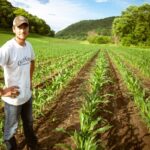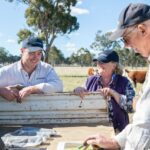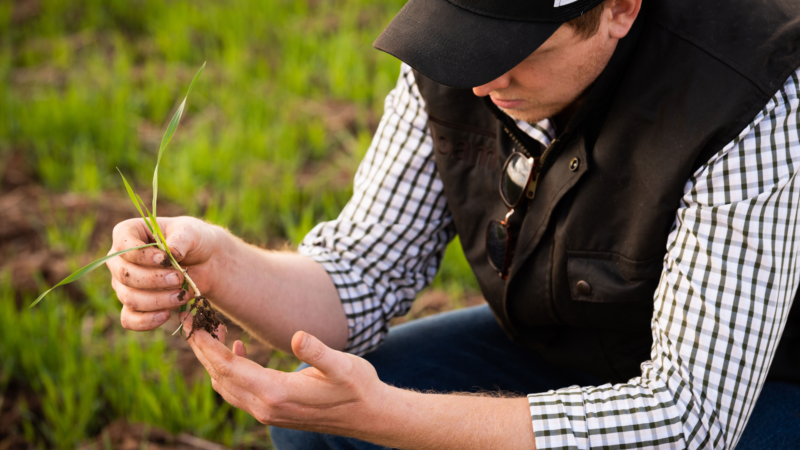What is soil? Soil is the topmost layer of the Earth in which plants grow.…
Saving our soil health through regenerative farming
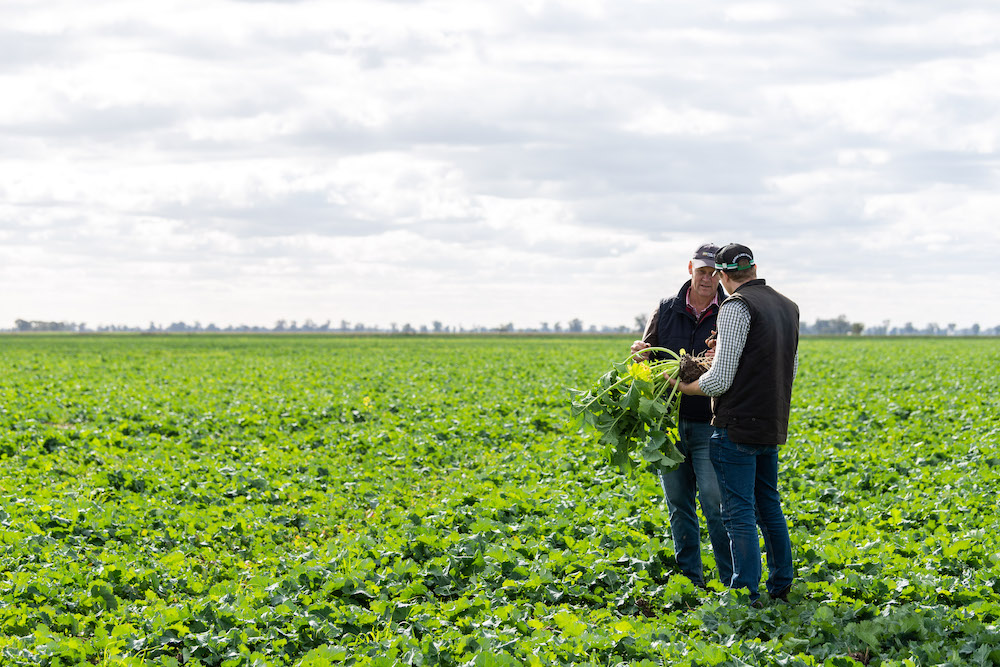
The importance of soil health is not news to anyone, with farmers using minimum tillage, beneficial crop rotations and groundcover for the sake of their number one asset for decades.�
However, the public and private agricultural sector are now combining forces and doing some heavy lifting in the regenerative research and development (R&D) space.
This means farmers are looking down the barrel of a triple bottom line bullseye: improved production, healthier soil, and greater social license in the eyes of the ever-curious consumer (think food and carbon).
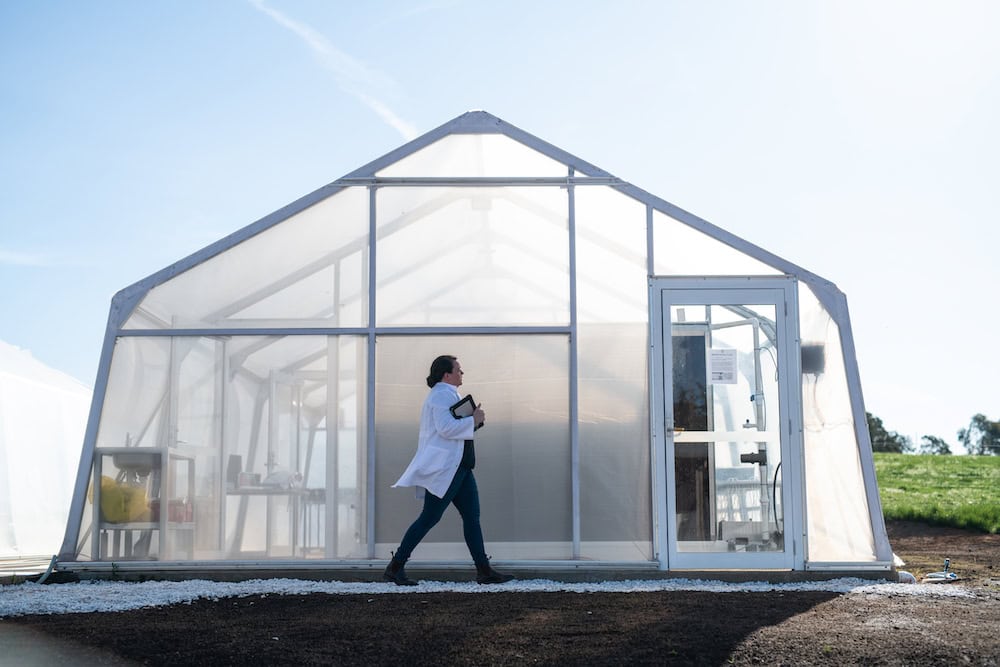
Traditionally, regenerative farming techniques have been side-stepped in favour of more short-term, economically motivated approaches. Could you be green manuring a perfectly good crop for the sake of your microbes or cashing that crop and
making repayments?
Thanks to a renewed focus and significant investments into the R&D space, the old adage, �it�s hard to be green when you�re in the red� has been put to shame. Advances in biological nutrition, microbial science, and drought resilience strategies are painting a new picture. There�s profit in being green.
From microbe to market
Tegan Nock from Loam Bio hails from Bogan Gate. She is a farmer by trade and now an entrepreneur out of necessity. Prior to 2019, Tegan felt like she was �spinning her wheels� when it came to the hard slog of sequestering stable organic carbon matter in soils.
�We were keenly watching as researchers at the University of Sydney were identifying which microbes play the critical role in carbon sequestration and were hooked,� said Tegan.
�They were looking at how microbes play a role in bridging the physical soil matrix with the atmosphere via plant processes.�
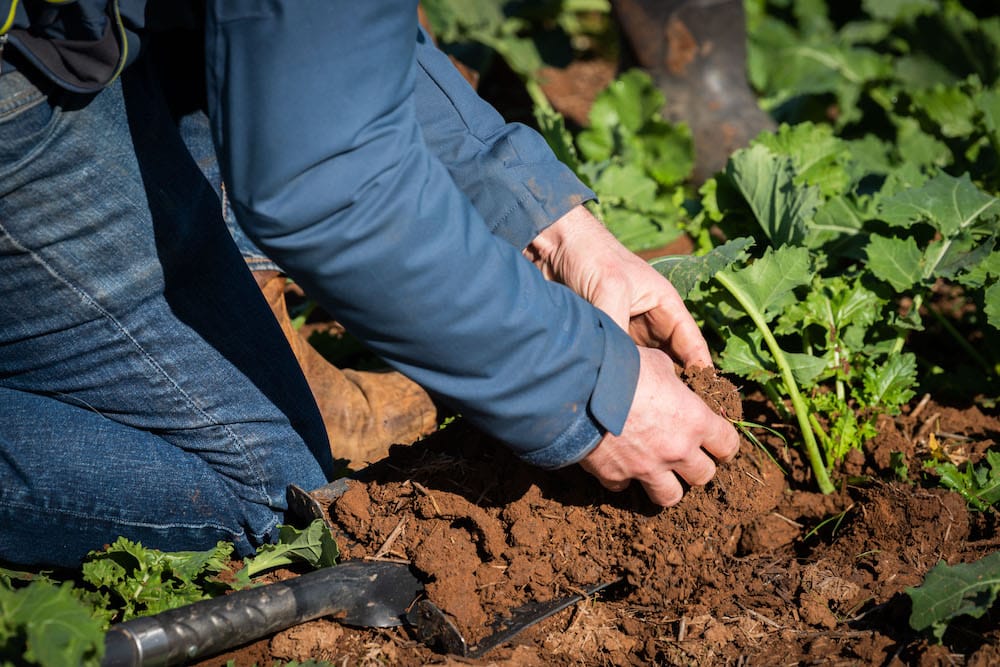
Alongside four leading farmers, agronomists and climate specialists, Tegan founded Loam Bio and got busy working at the intersection of microbial science, agriculture and climate science.
The Loam Bio team has developed new technology to increase stable soil carbon based around fungi colonising the root system of the plant. In a nutshell, it�s a seed treatment that employs microbial technology to support enhanced soil carbon sequestration, plant and soil health. It�s a win-win.
Loam�s Orange-based outfit has now expanded to a global network of 135 soil scientists, microbiologists, data scientists, carbon market specialists, agronomists, sales and extension folk. Within the Loam Bio team sits over 20 PhD researchers who have what Tegan describes as strong skillsets in deep sciences.
Loam Bio is marrying carbon agronomy with farmer-first soil carbon projects by integrating CarbonBuilder seed treatment into the SecondCrop soil carbon program.
�Farmers can increase their soil productivity, participate in sustainable supply chains and enter carbon markets on their terms.�
Tegan Nock, Loam Bio founder
Tilling it like it is
Farmers and their trusty sidekick soil have been wheeled into the climate change arena as the world�s croplands have been identified as potential carbon sinks. Regardless of your political persuasion or belief system, your land has gone and established itself a side hustle.
Peter Calkin from Switch Ag is far more invested in the main game of building soil structure, increasing water-holding capacity and nutrient cycling in the name of agricultural production, and the turf industry.
�If you focus on the soil and plant health, you�re not as reliant on the synthetic fertilisers or pesticides. We aim to cut back on that reliance by using beneficial biology, carbohydrates, plant stimulants and organic acids to get the plant off to a great start.
Peter Calkin, Switch Ag founder
�Switch Ag manufactures all our biological nutrition products at our facility at Cowra and we�re experiencing rapid growth,� said Peter.
With a background in construction and engineering, Peter changed lanes into agriculture 15 years ago and has been talking soil ever since.
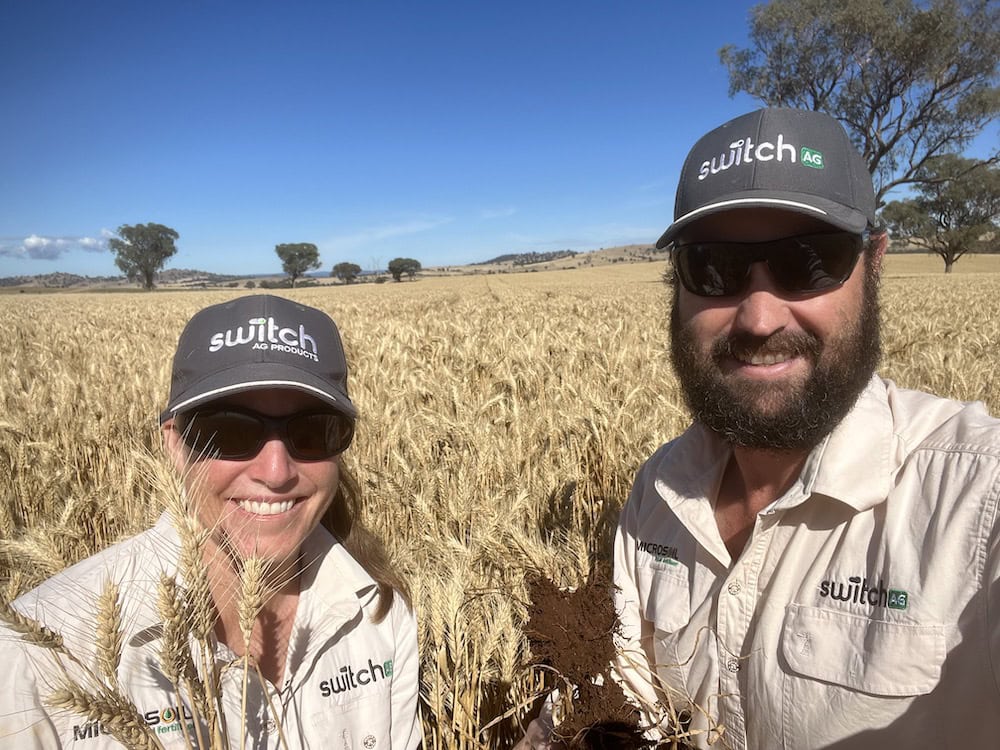
Peter, unlike most farmers, must perform for an audience. Switch Ag products have been put to the test on the turf at Australia�s leading sports stadiums, racetracks and golf courses with their products reaching all the way to Middle Eastern golf courses.
�Golf courses and stadiums are just small farms! They have fungal disease and compaction issues from buggies and game play, as well as pH problems,� he said.
Farmers and the turf industry are taking steps down a regenerative path looking to restore microbial life essential to soil health.
�We work with croppers, vegetable and citrus growers, viticulturists, and graziers. Maximising soil health and nutrient availability is a priority for everyone,� said Peter.
Cultivating change
This sentiment is being echoed by the government with the Southern NSW Innovation Hub identifying �Landscape Management� as one of its top five priorities.
According to the Hub, which is funded by the Future Drought Fund, improving soil management practices to balance production with ecosystem services and avoid degradation during drought is of great importance.
A report produced by the Hub in conjunction with Local Land Services titled, �Saving our Soils: Groundcover trigger points for pasture resilience during drought�, explains the use of stock management areas as a drought resilience strategy.
The report emphasises the need to maintain groundcover across paddocks to ensure a quicker recovery from drought.
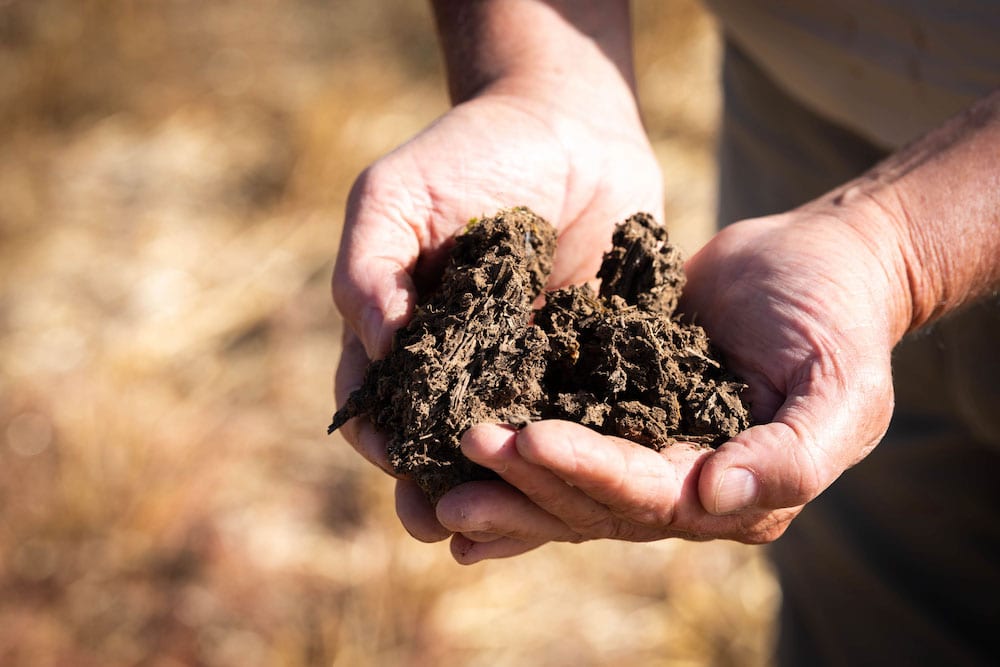
The report identified that �overgrazed lands have an increased risk of soil erosion during drought with the loss of soil nutrients impacting on future productivity. Overgrazing may also cause pasture decline and weed invasion, further
reducing productivity�.
It is recommended that a groundcover threshold of 70 per cent is maintained in temperate regions, with a 50 per cent threshold for rangelands. Maintaining vegetation cover is singing from the regenerative farming hymn book, one that is being relied upon more regularly as drought frequency and intensity are predicted to increase.
According to the NSW DPI, regenerative agriculture is defined as restoring and enhancing ecosystem function on farms and in landscapes through practices designed to work with the landscape, climate, livestock and people.
This system-based approach acknowledges and articulates what custodians of the land have known for some time: there is no separation of farm and environment. They are one and the same relying wholeheartedly on healthy soils. Thanks to those working hard with innumerable bugs in jugs or managing endless trial plots, the future of Australian agriculture will inherit a regenerative streak.
If you enjoyed this piece on soil health, you might like to read about how the tide is turning on regenerative agriculture.



